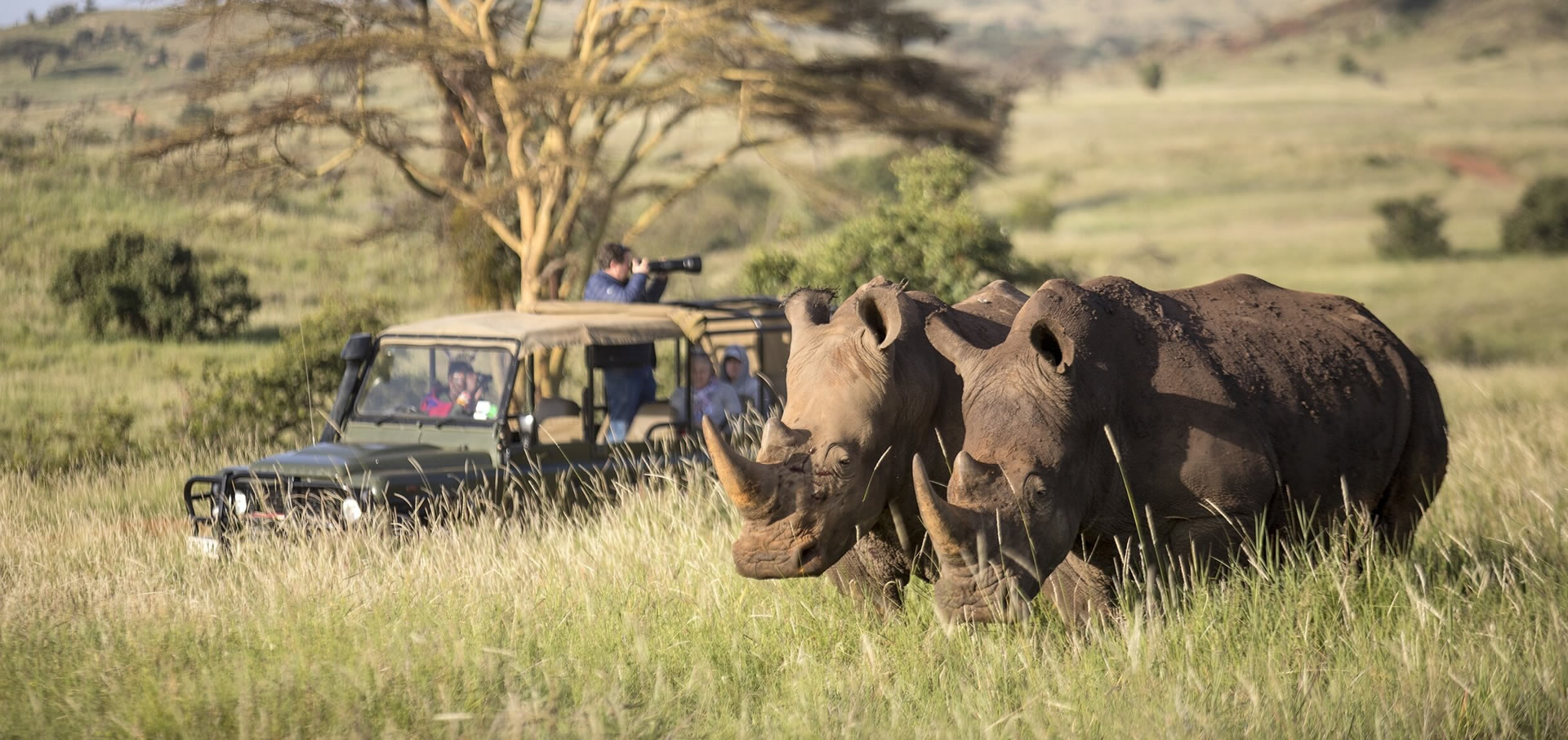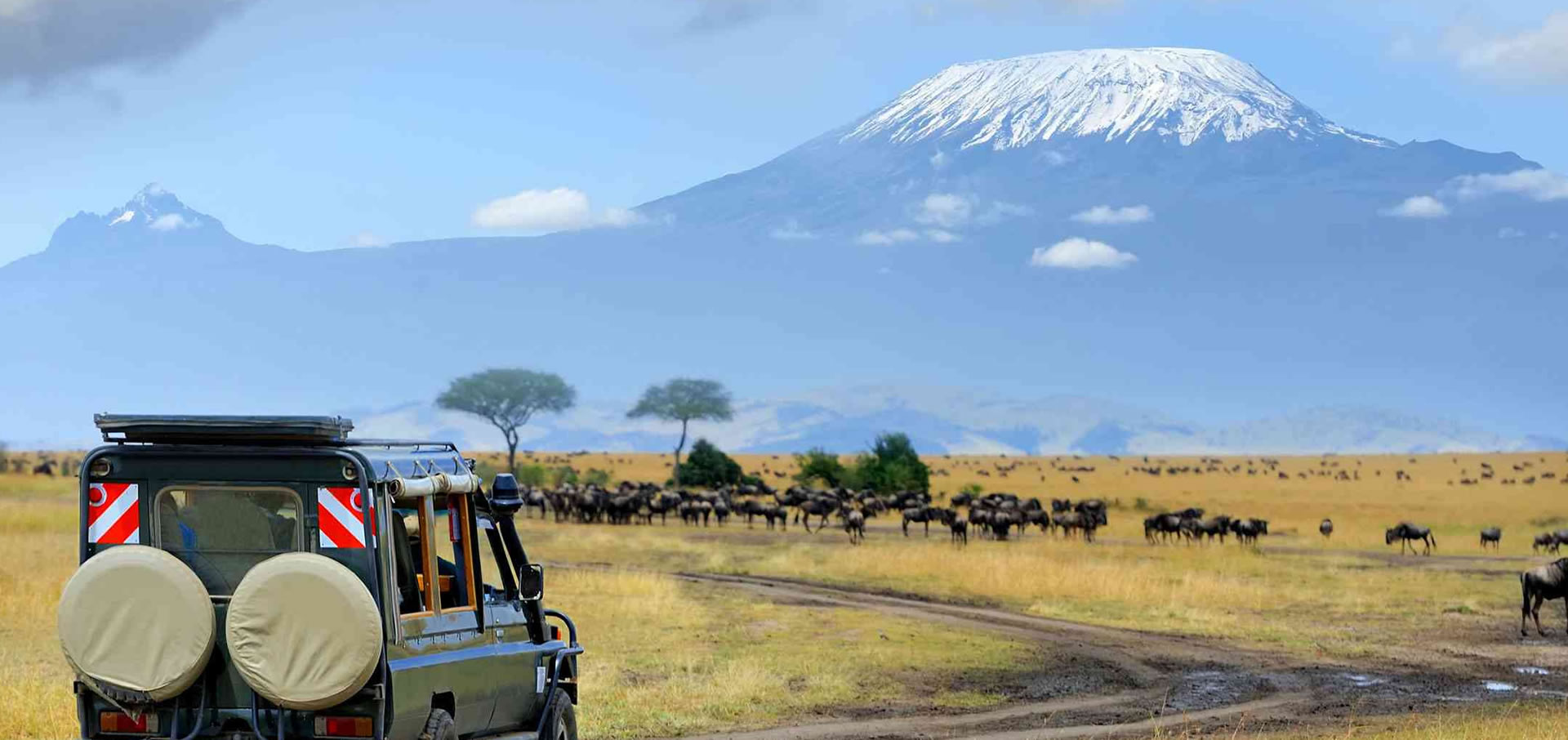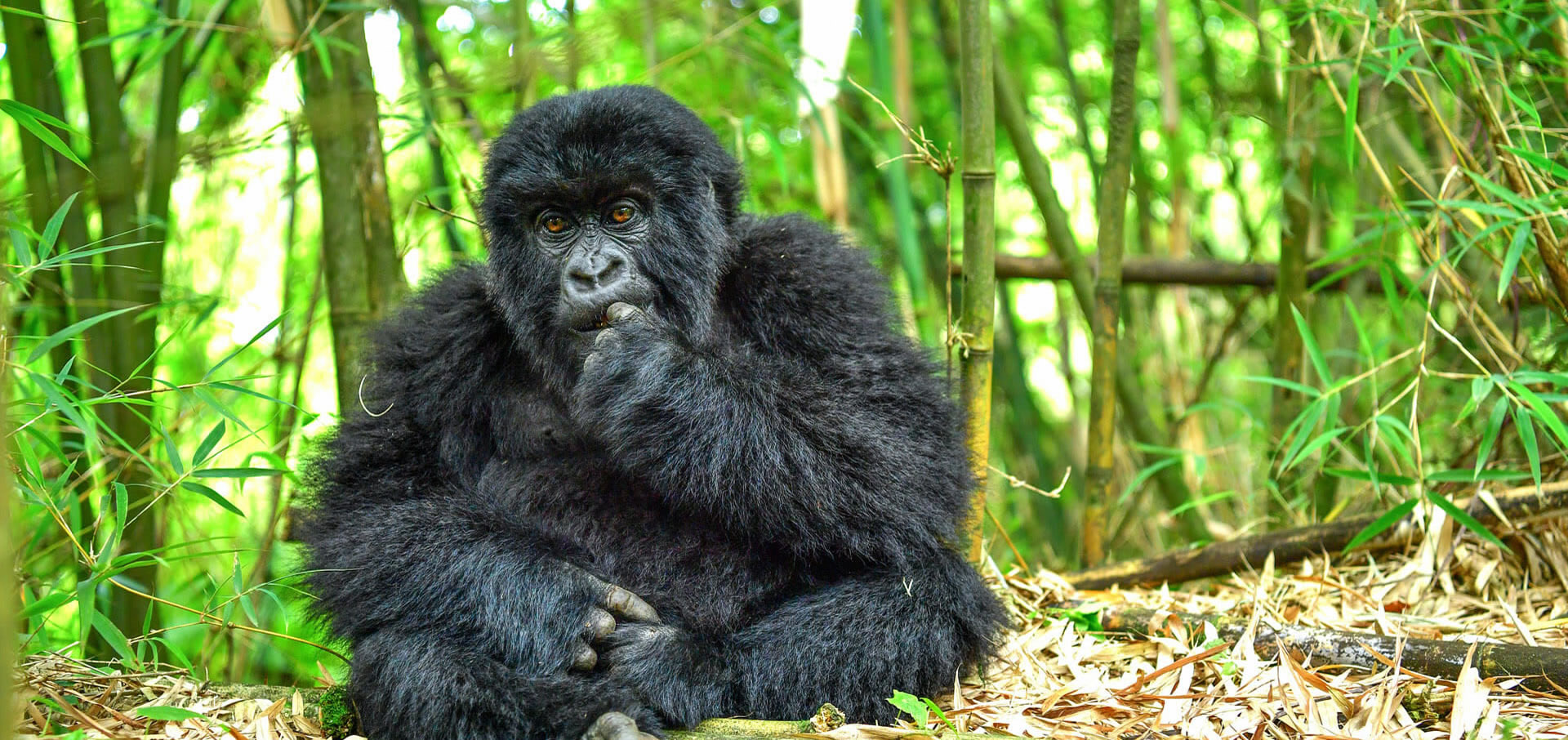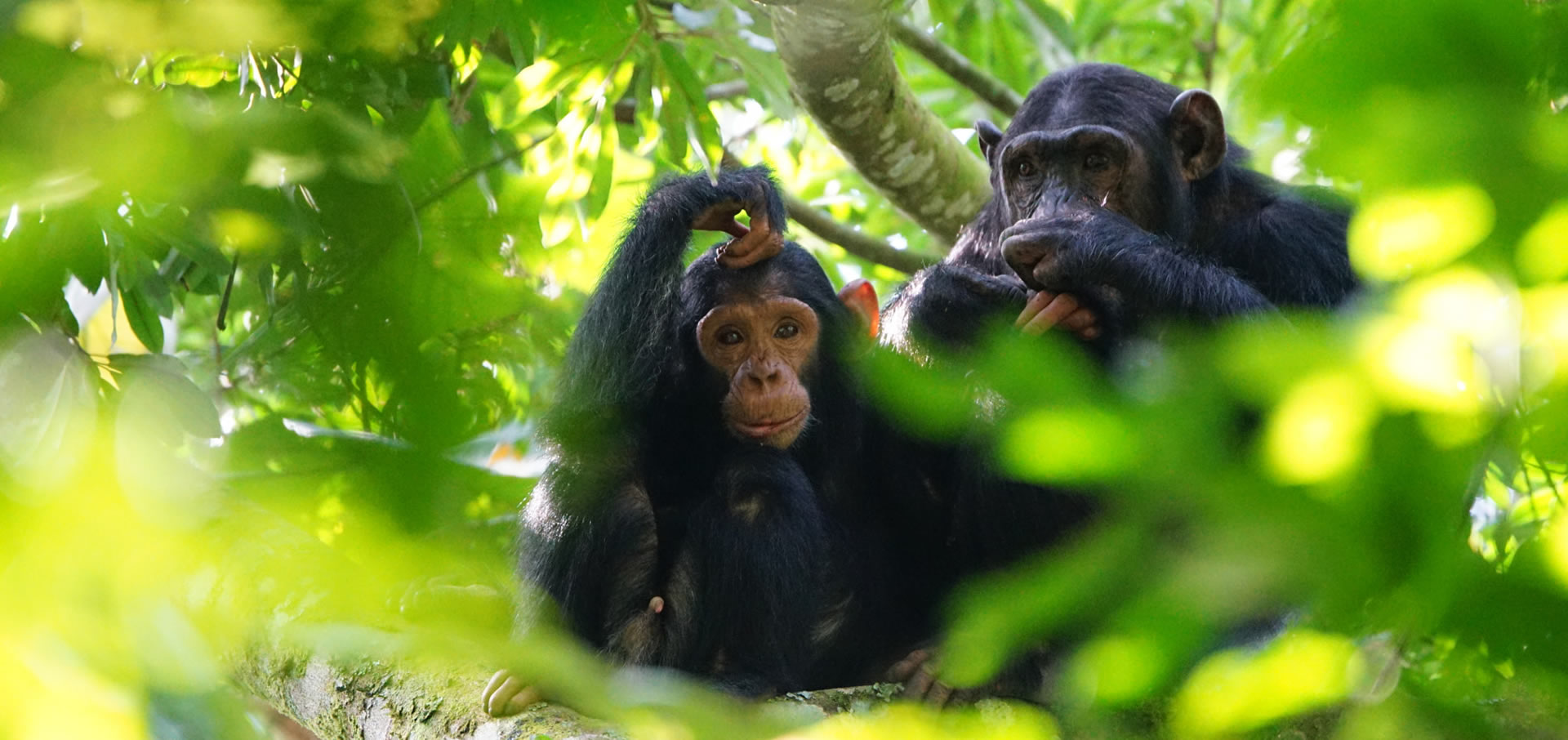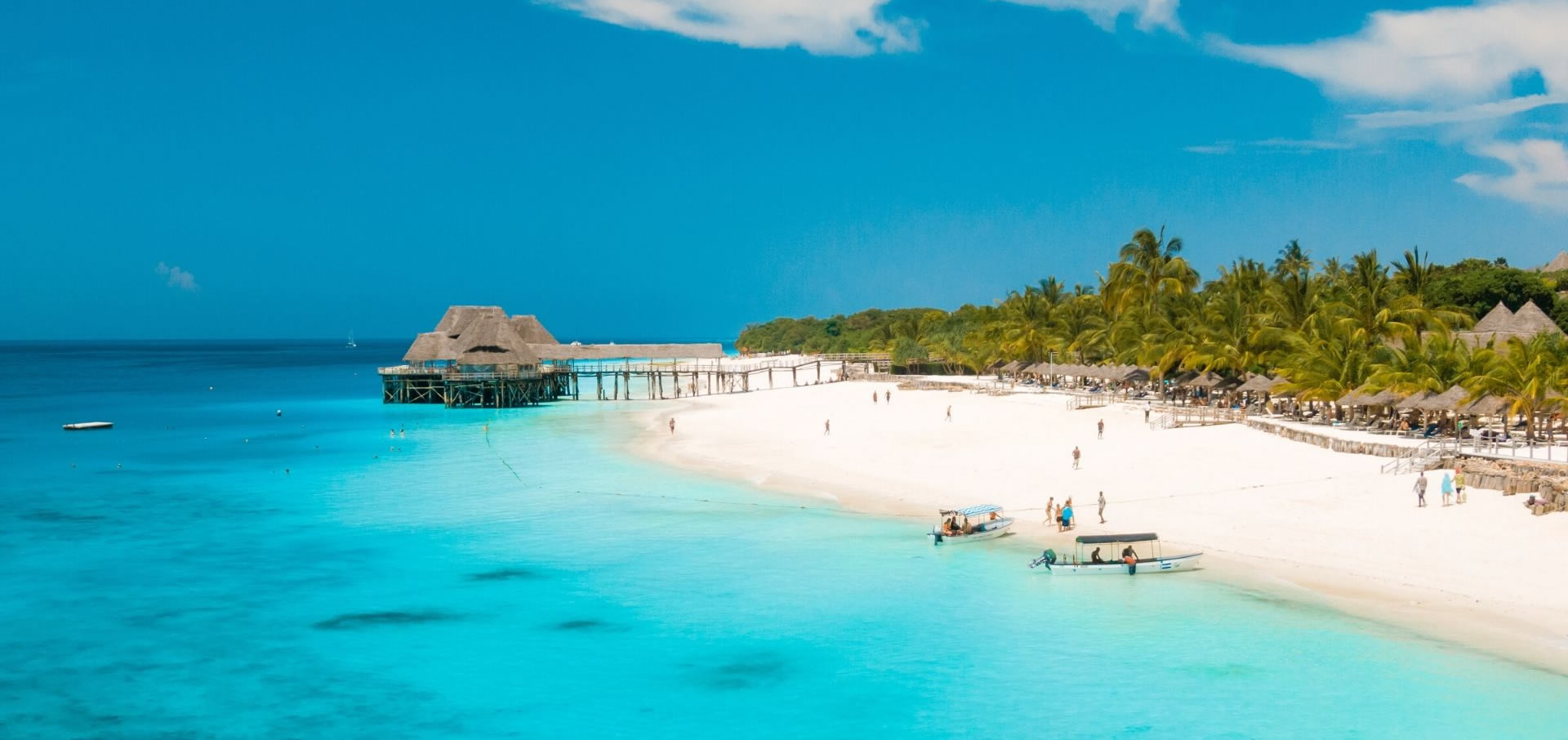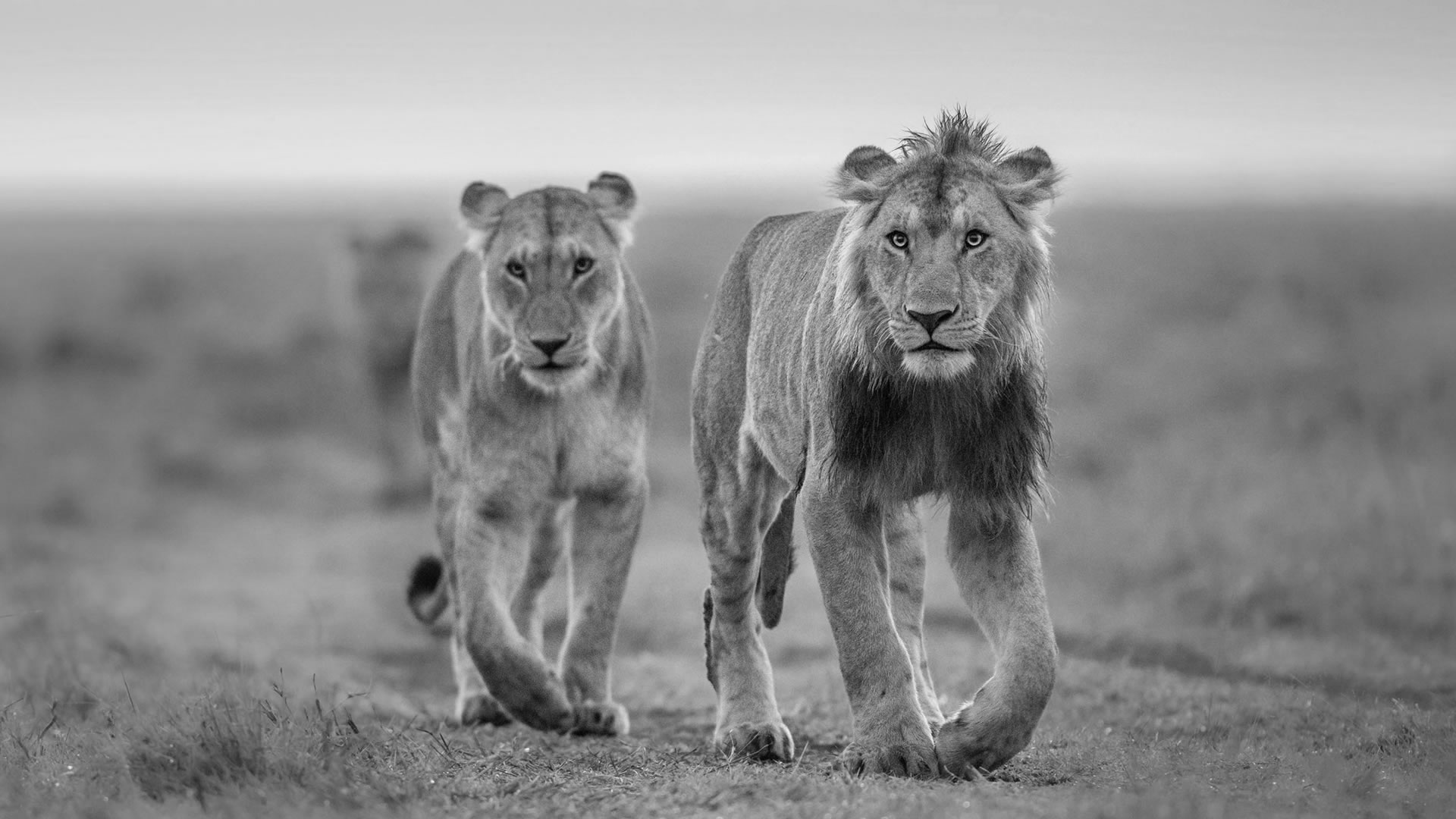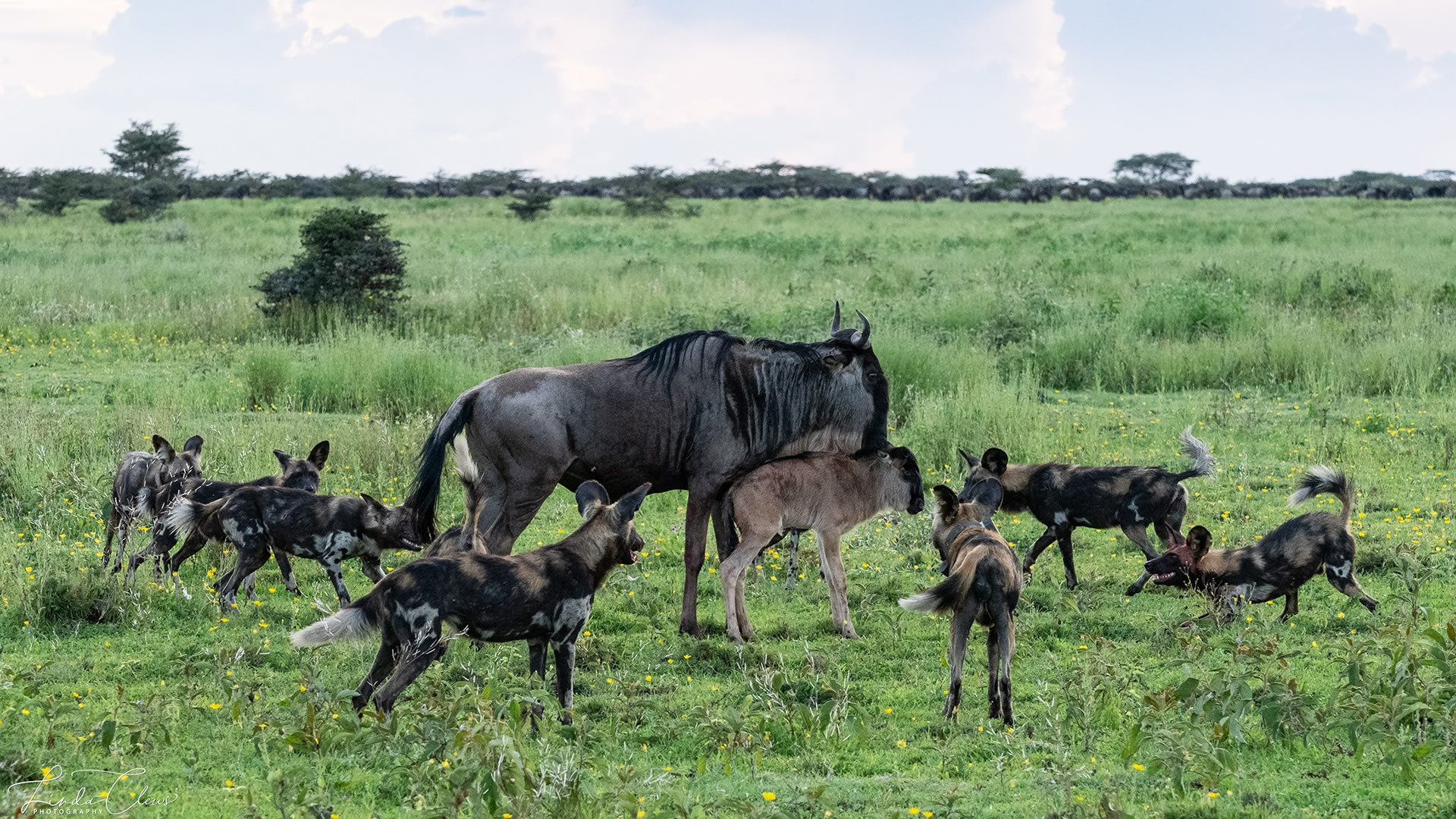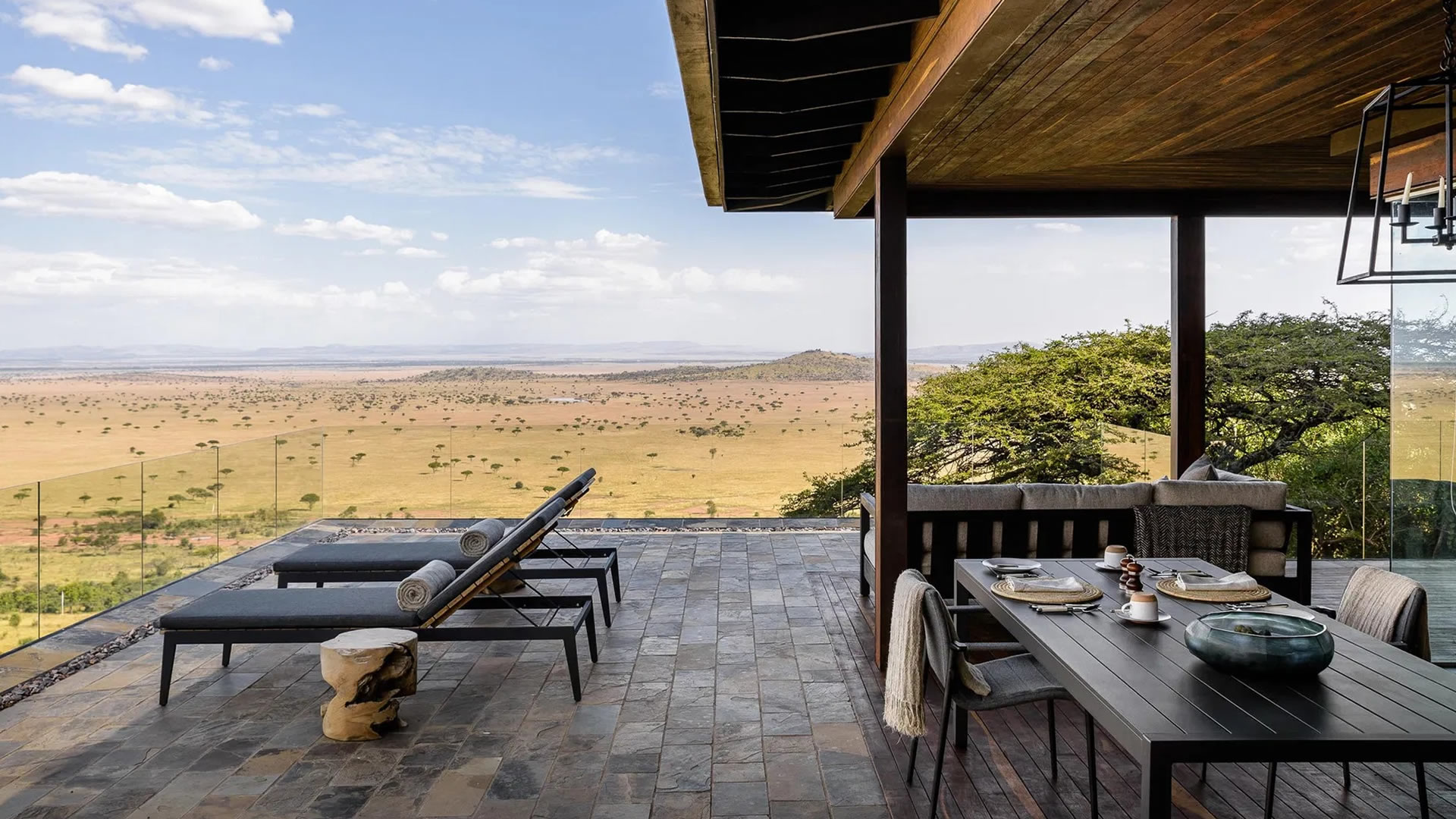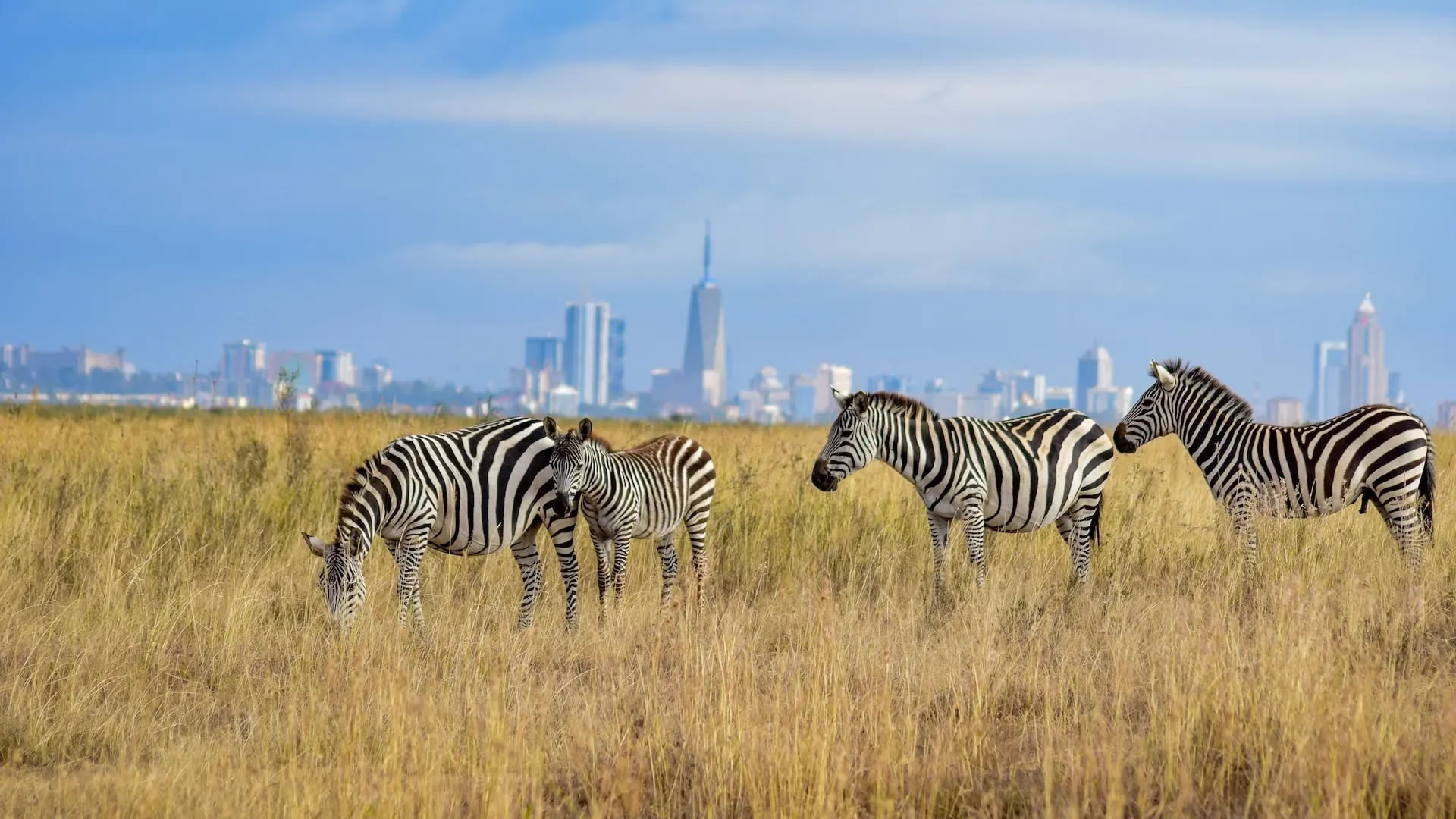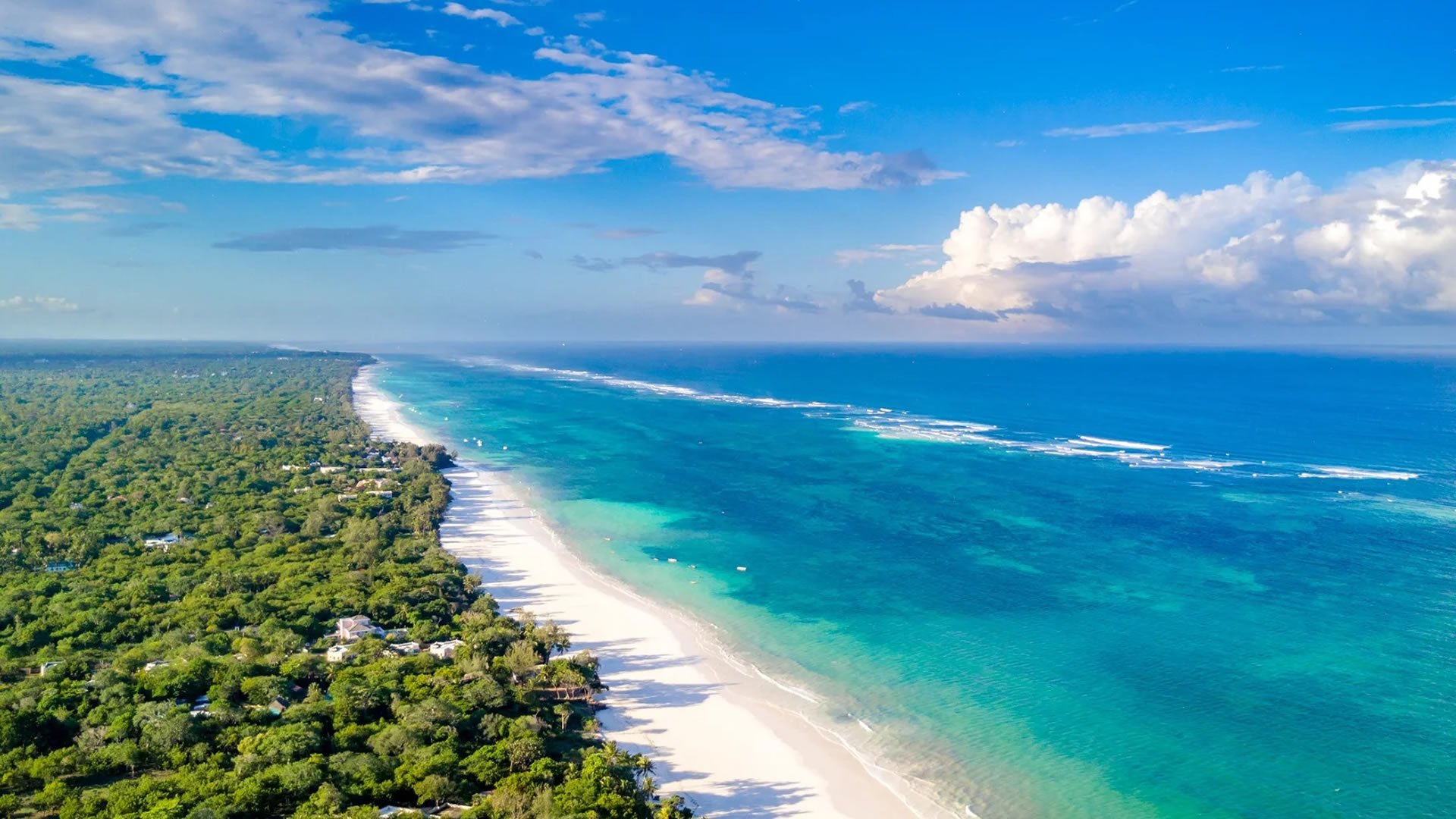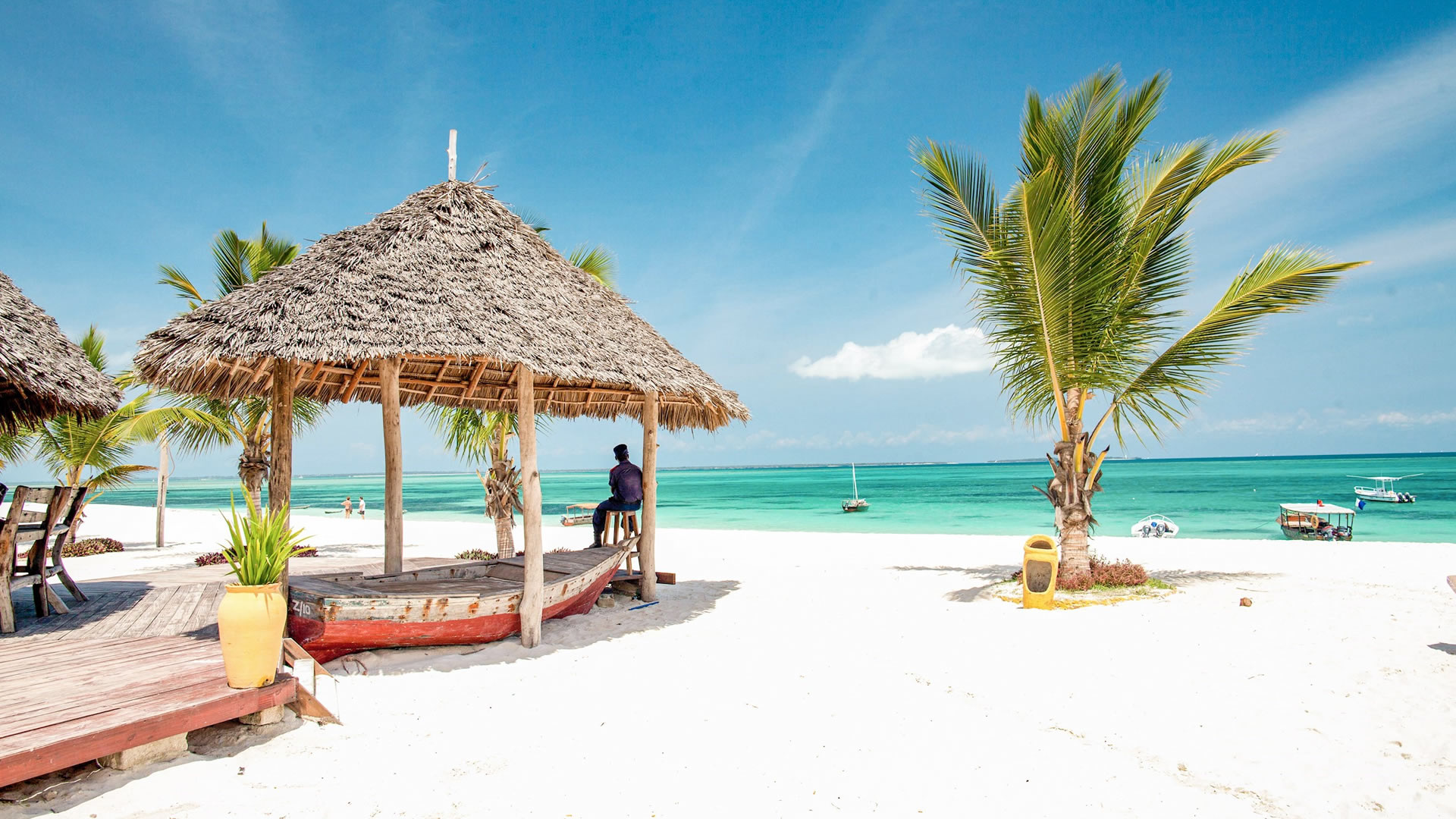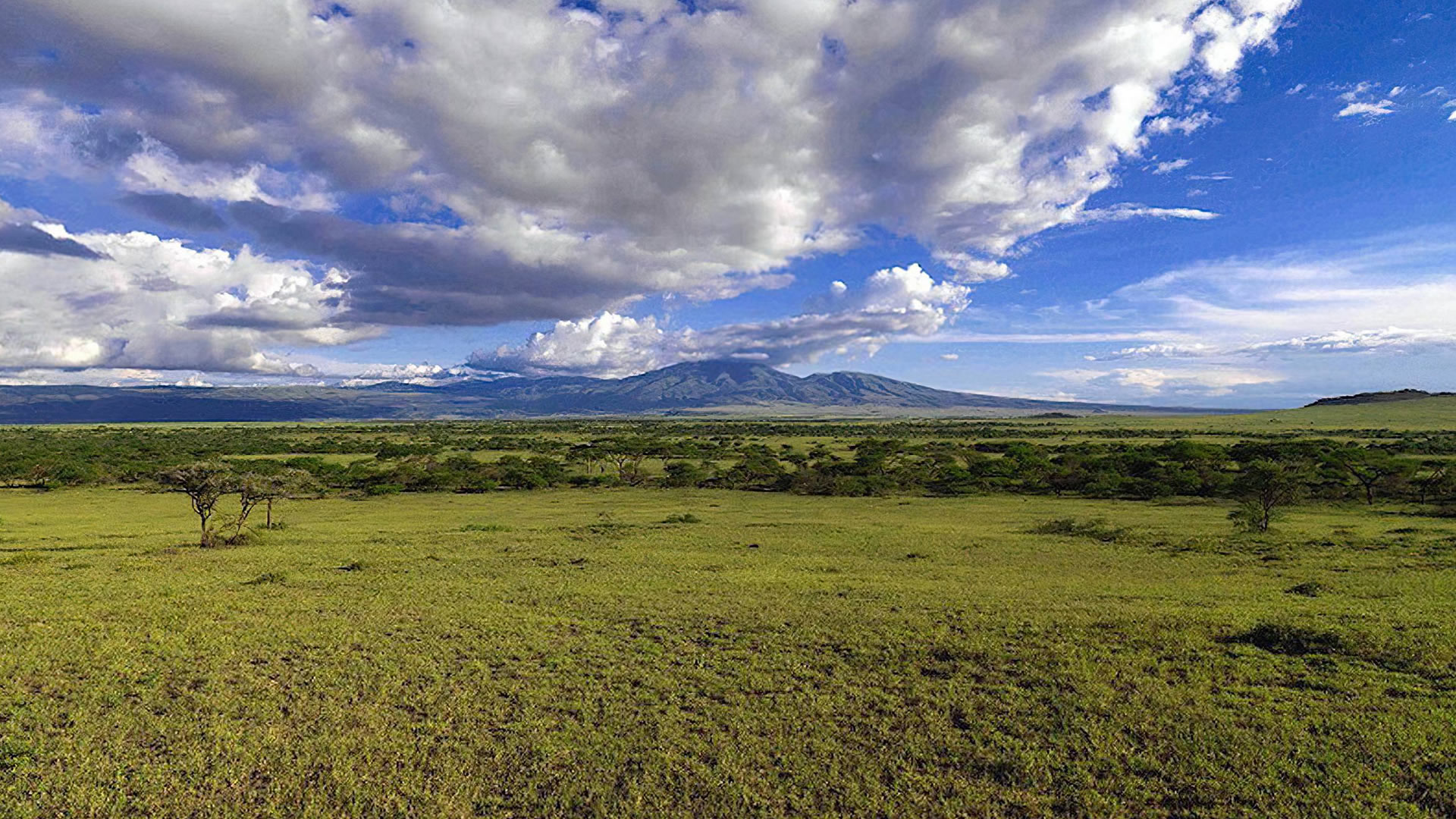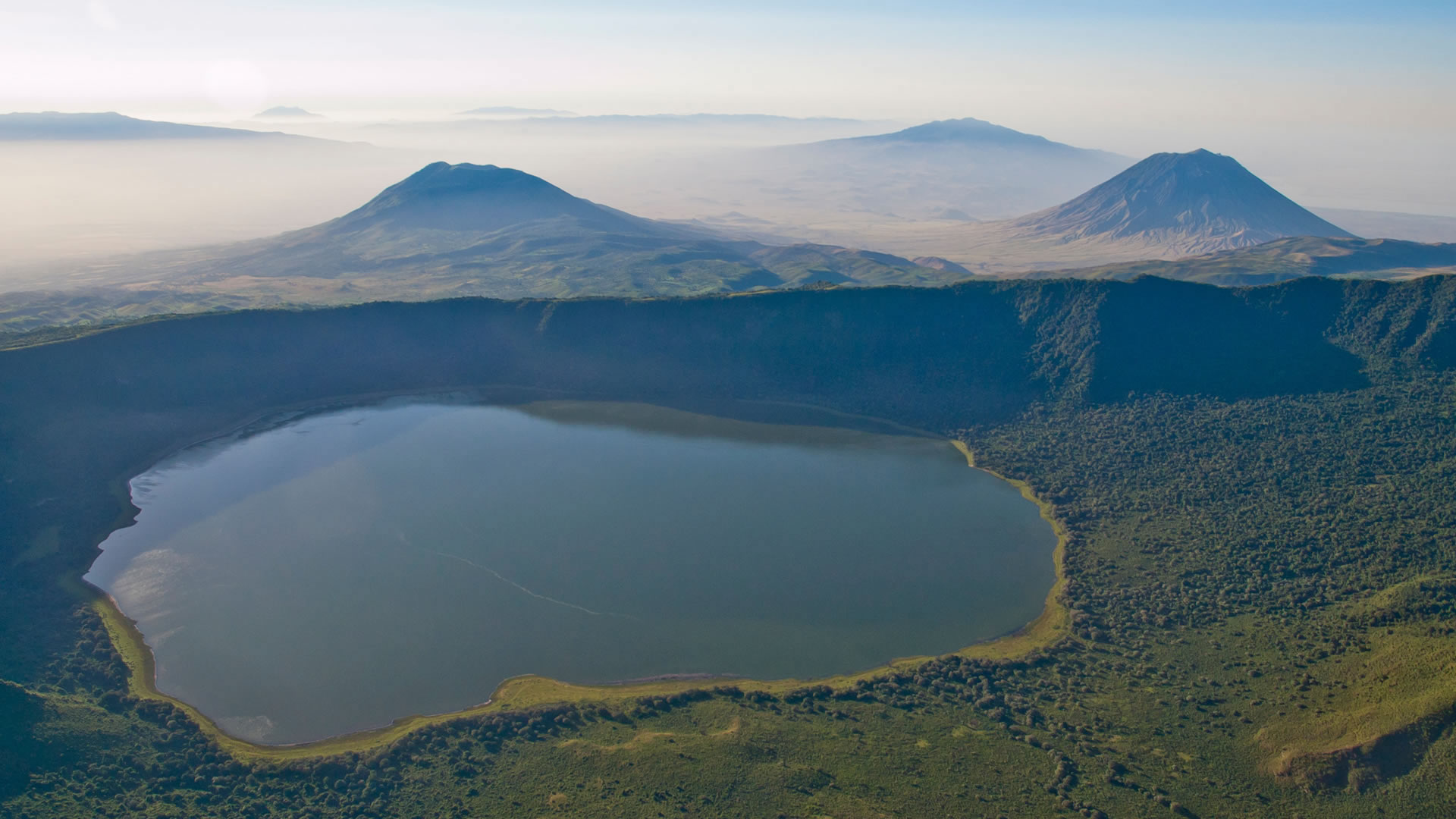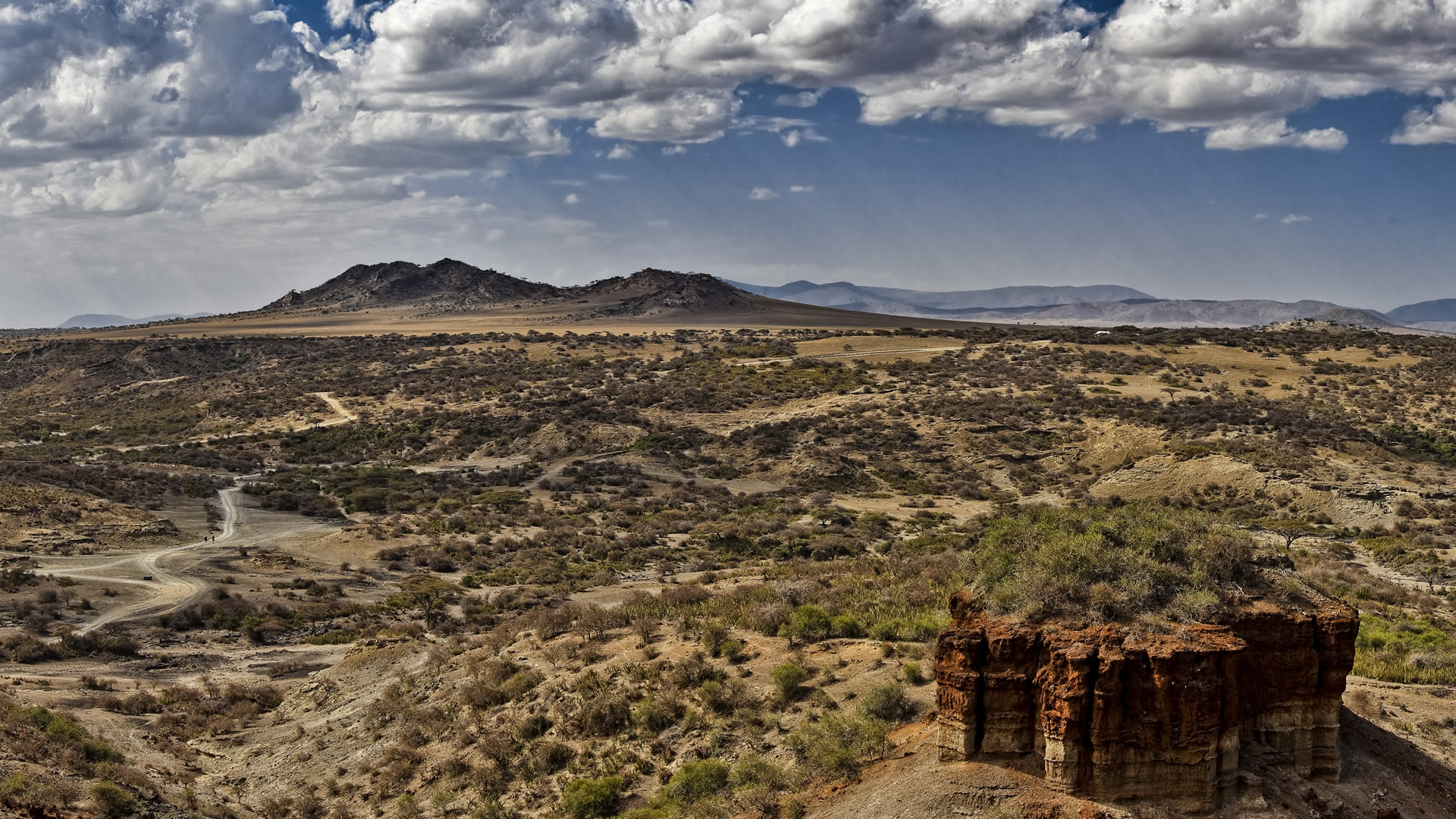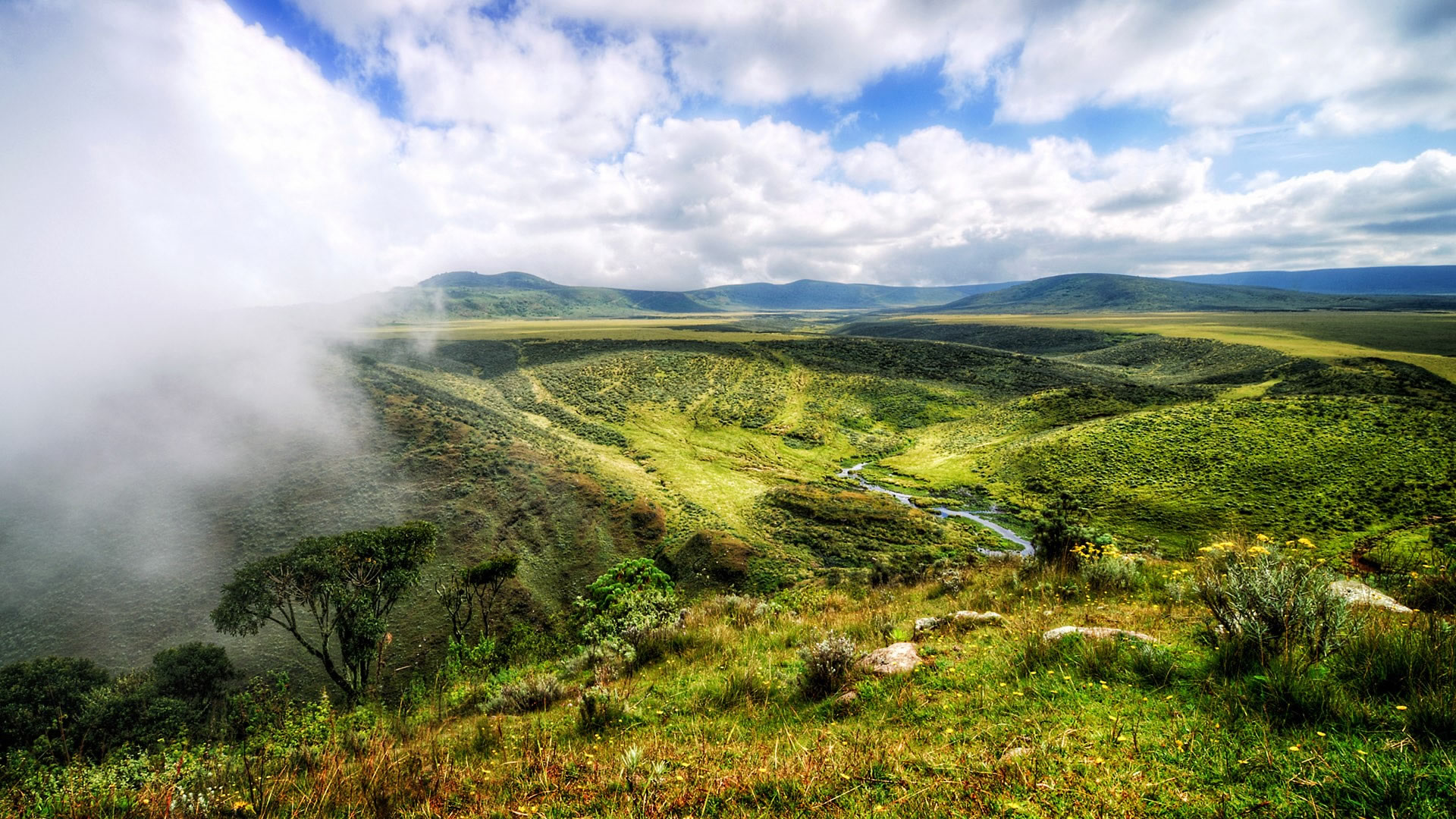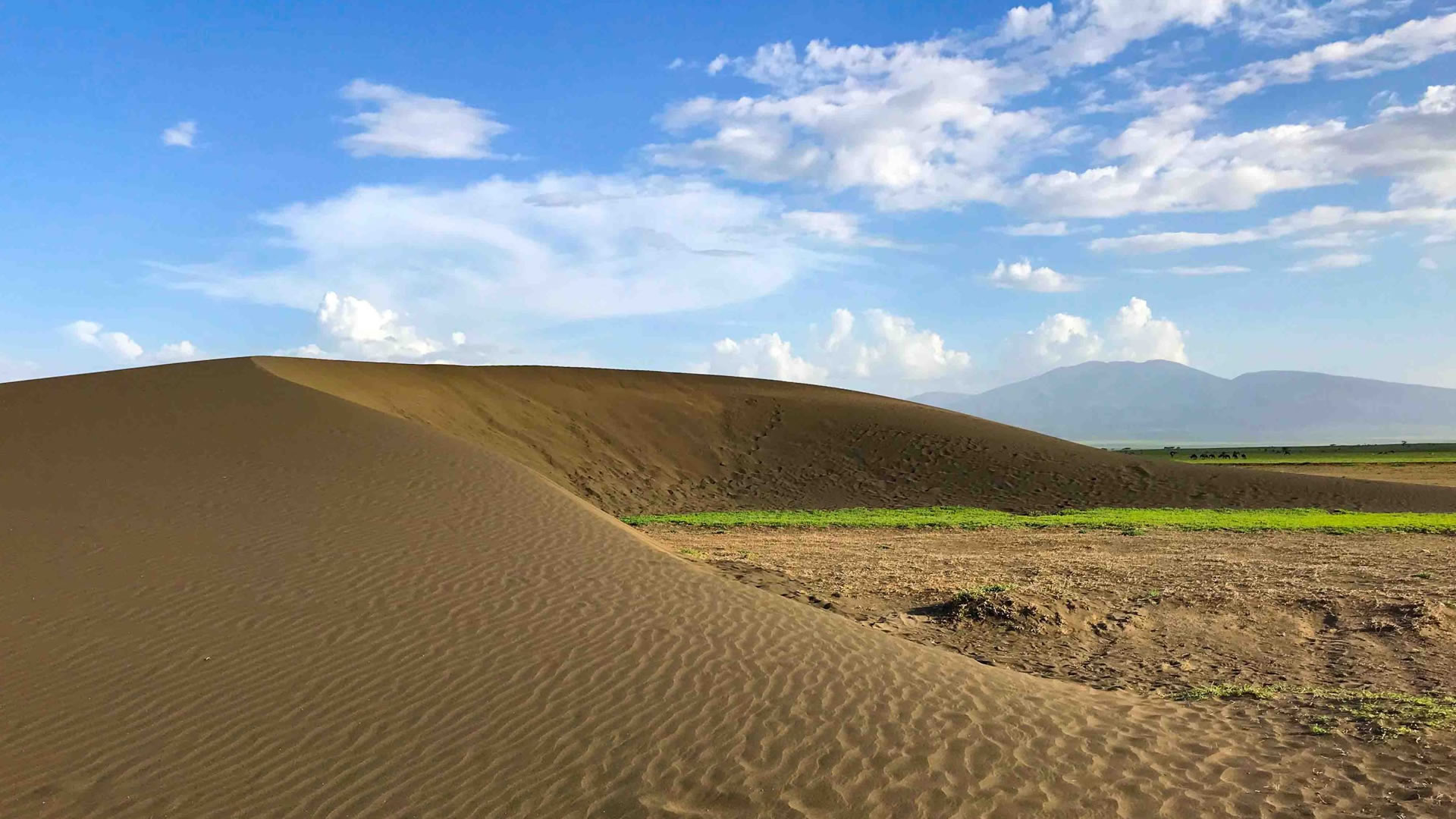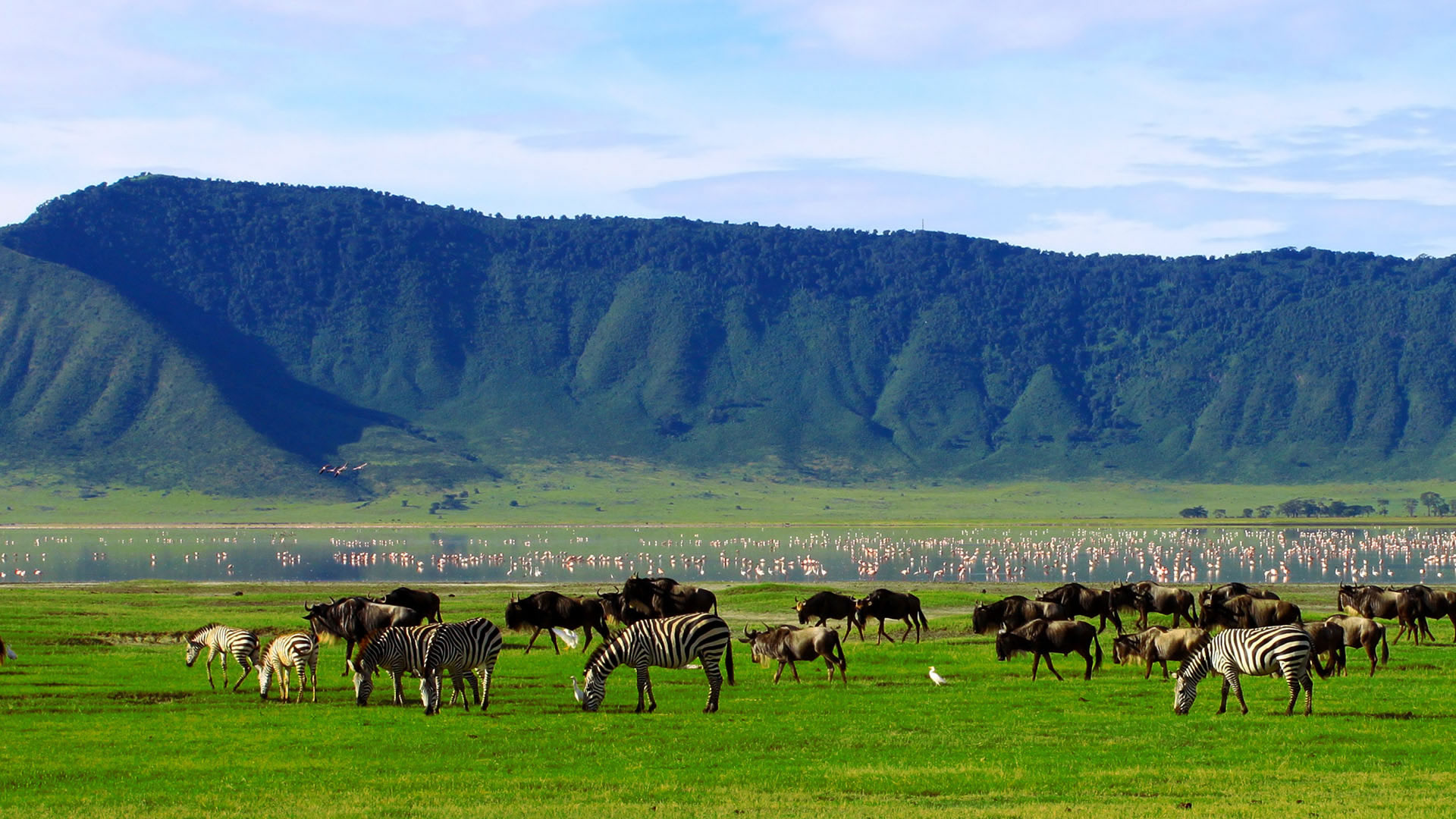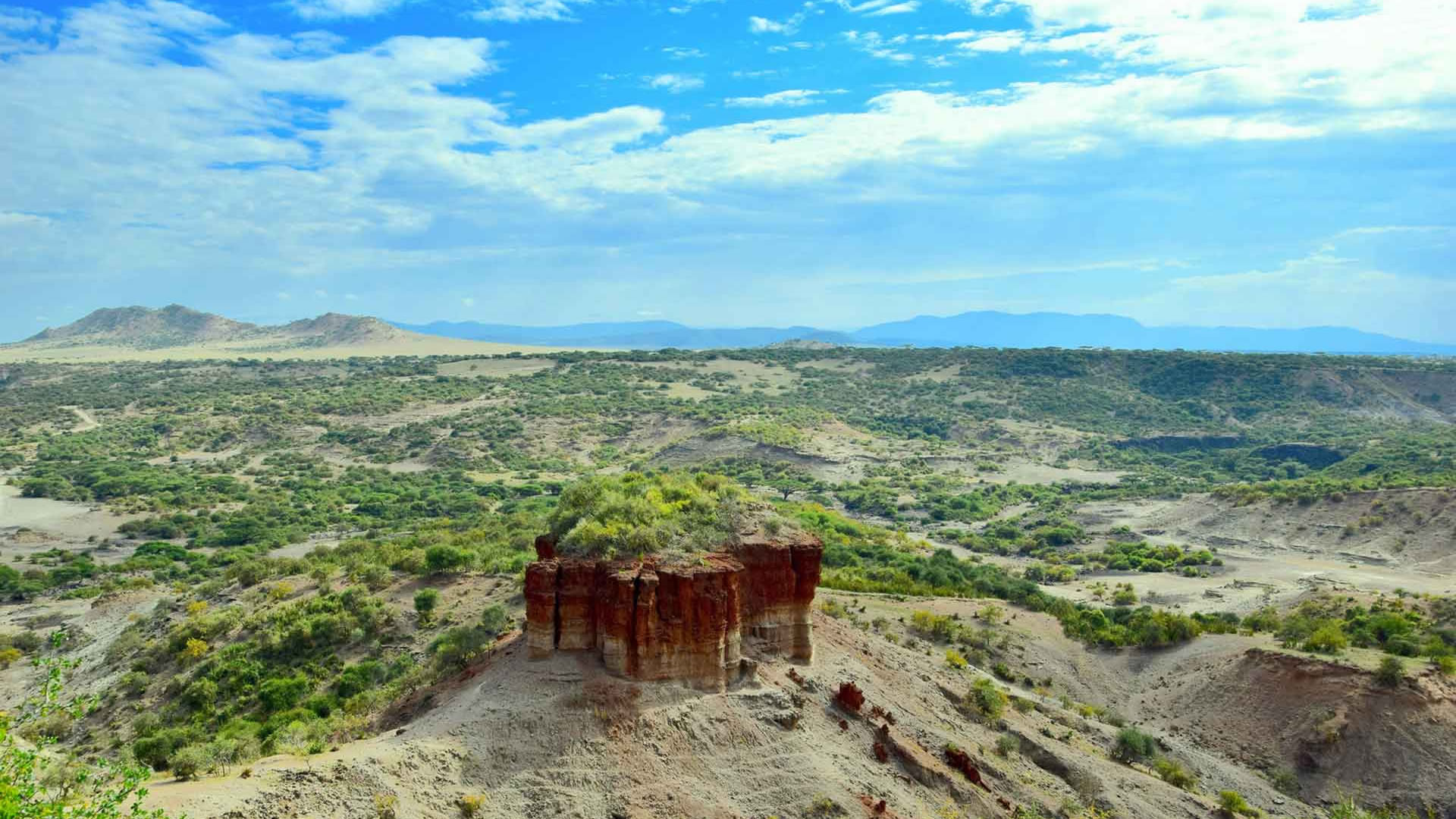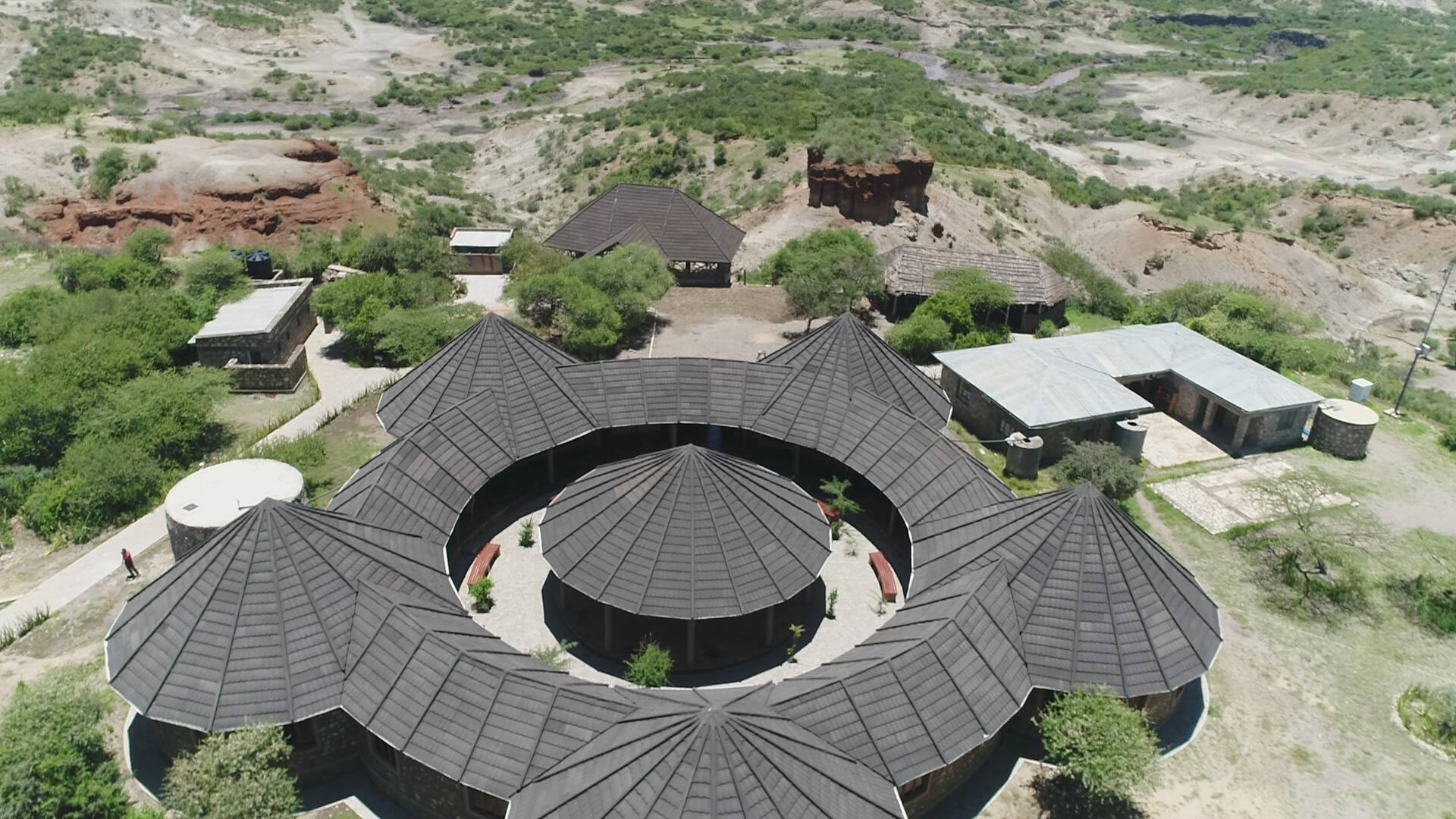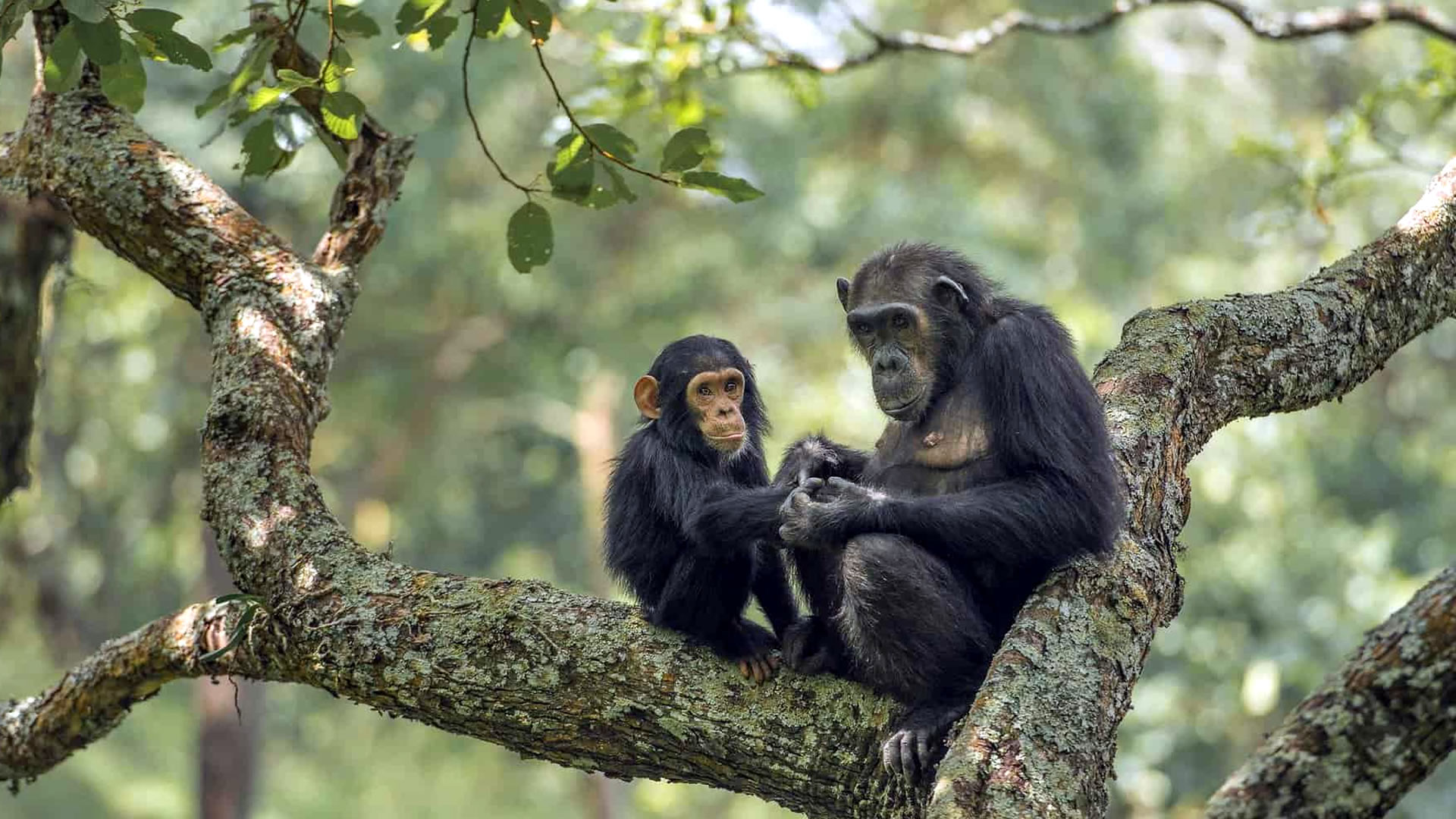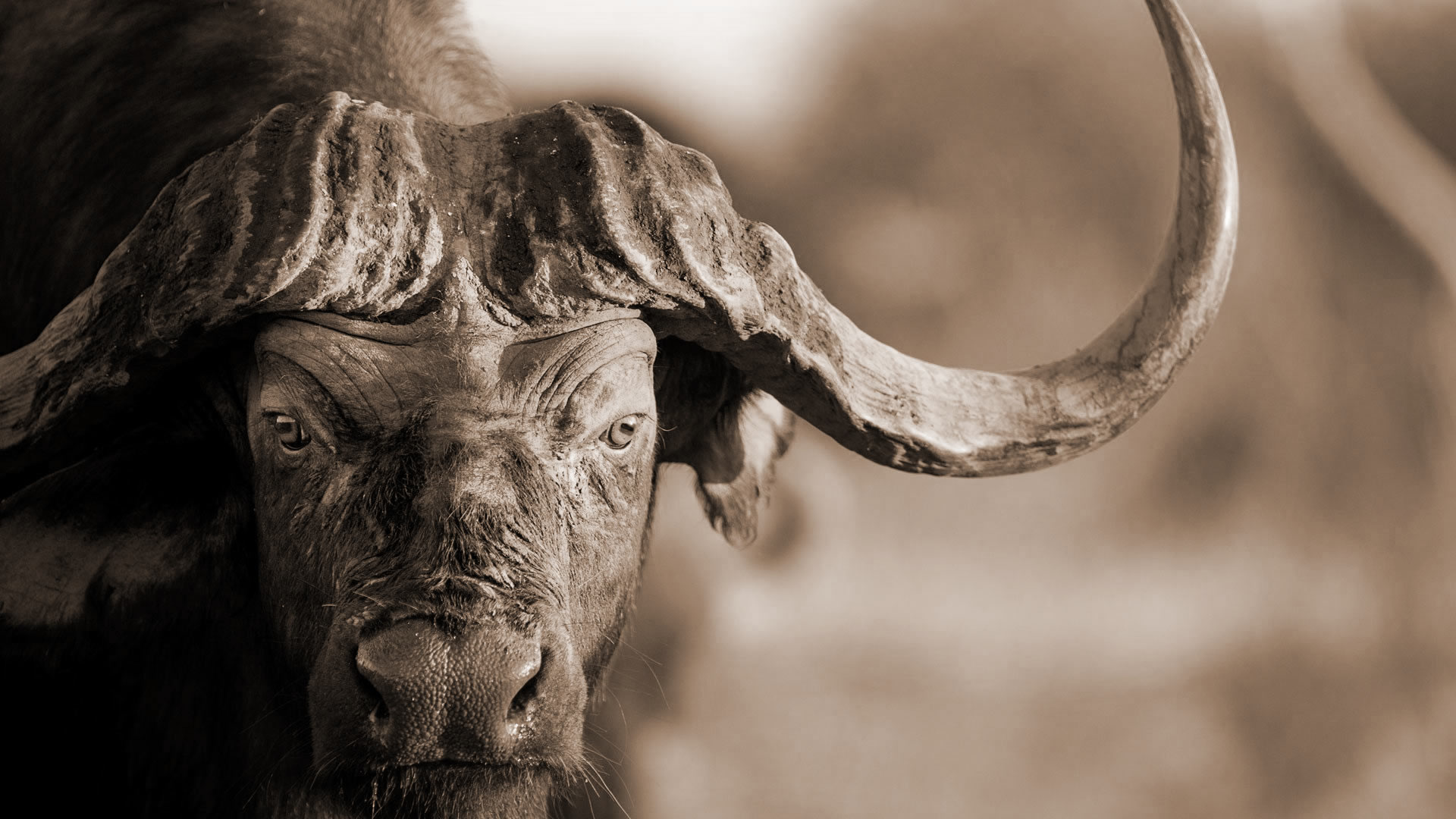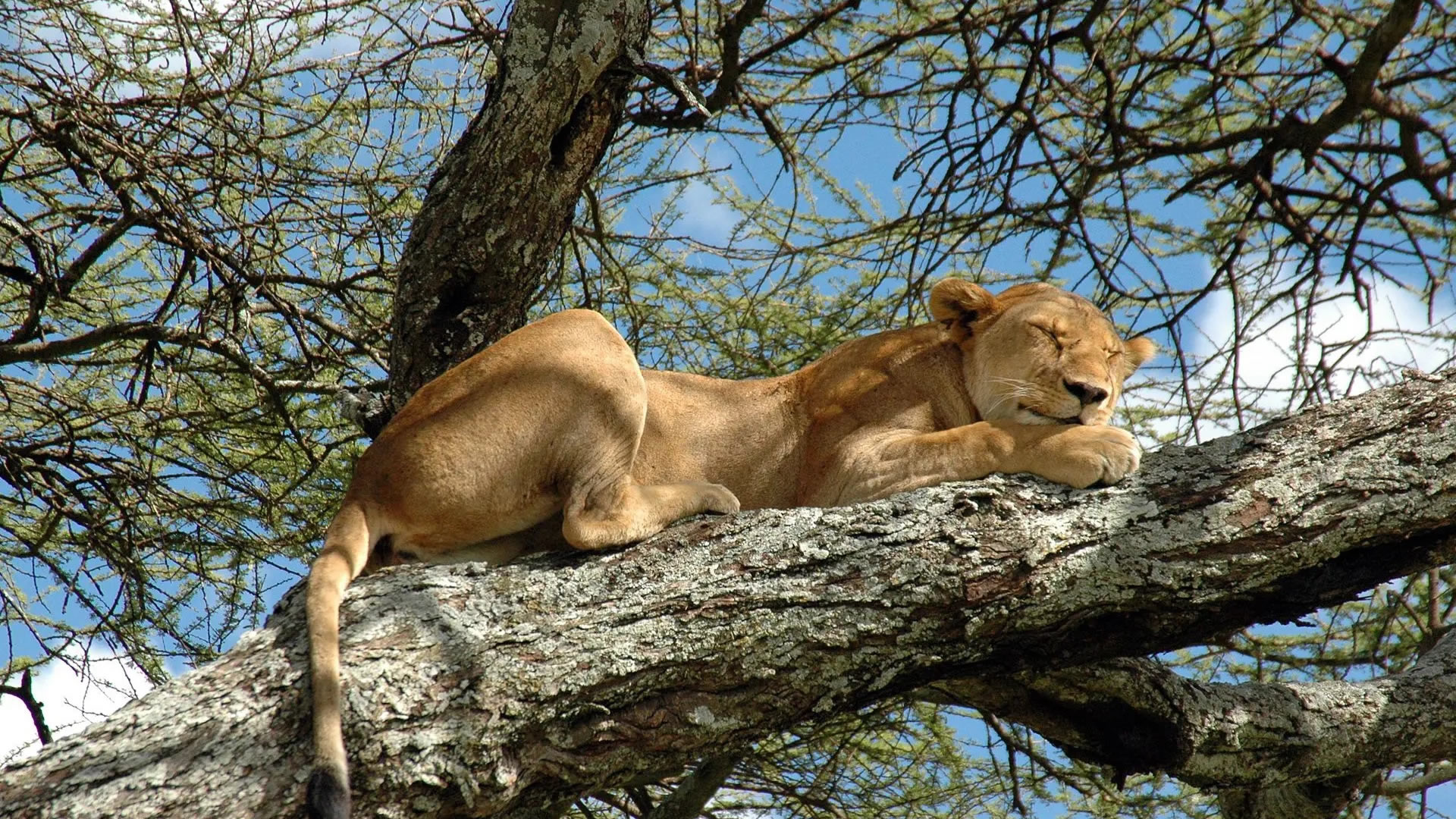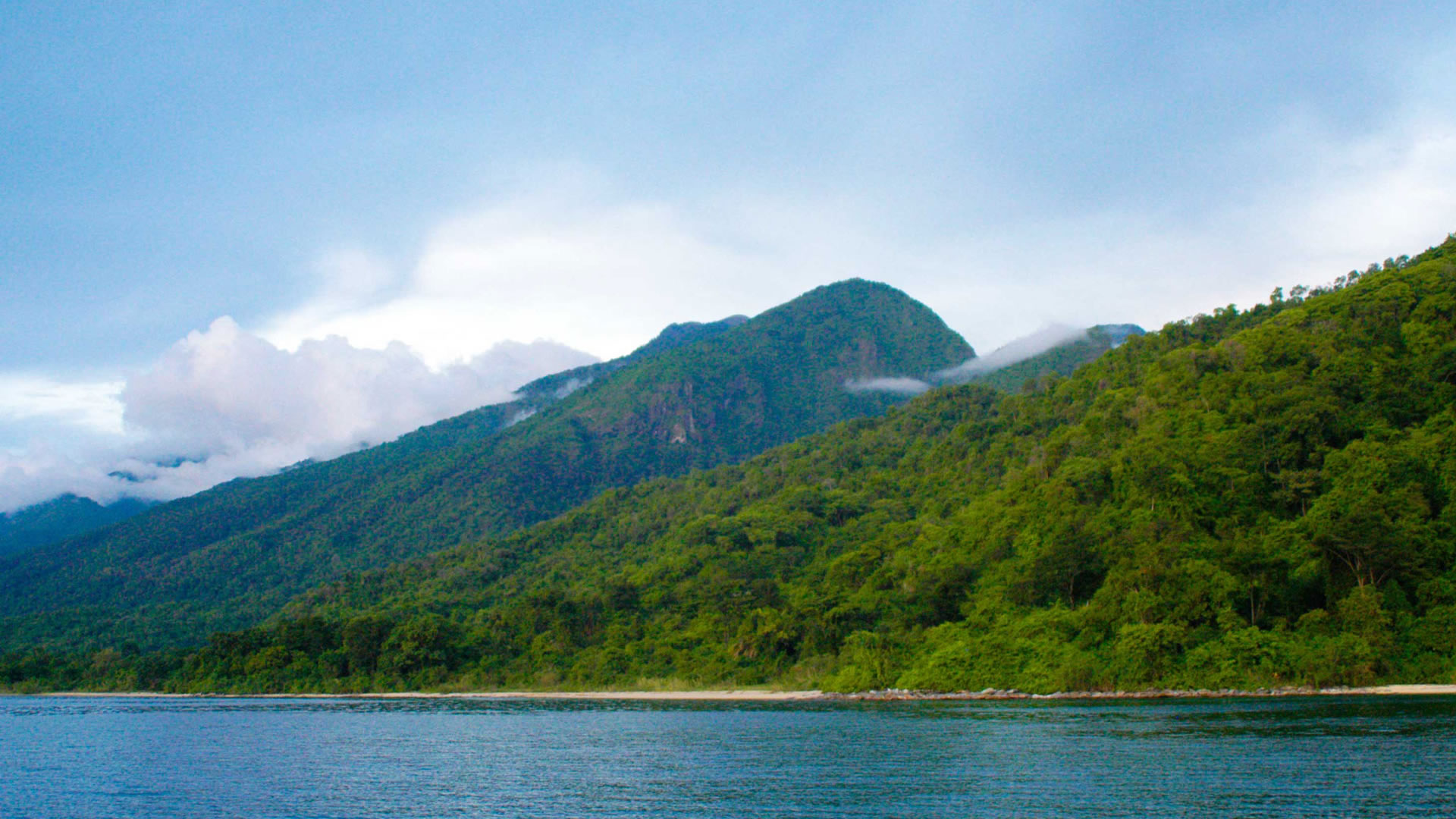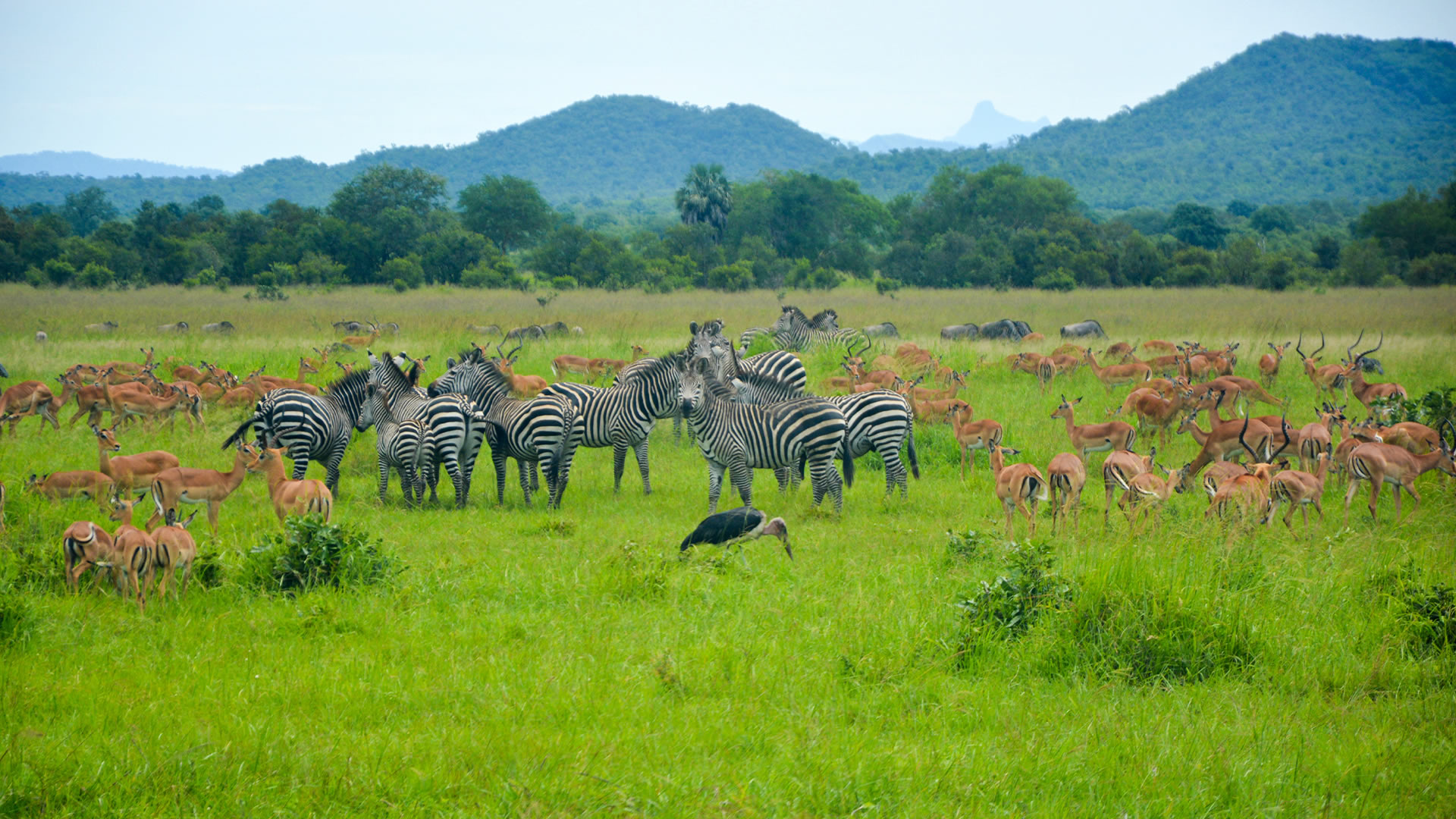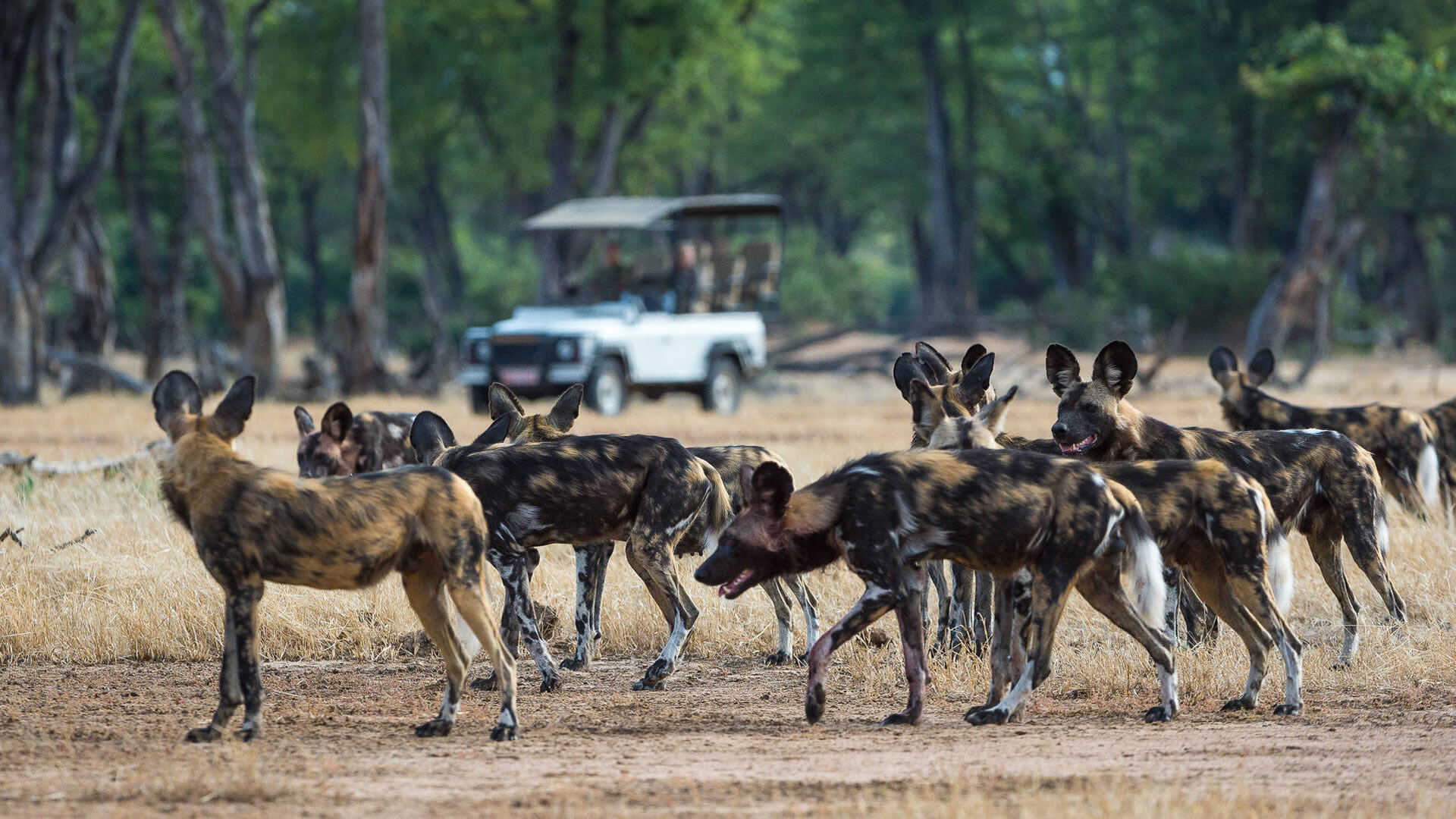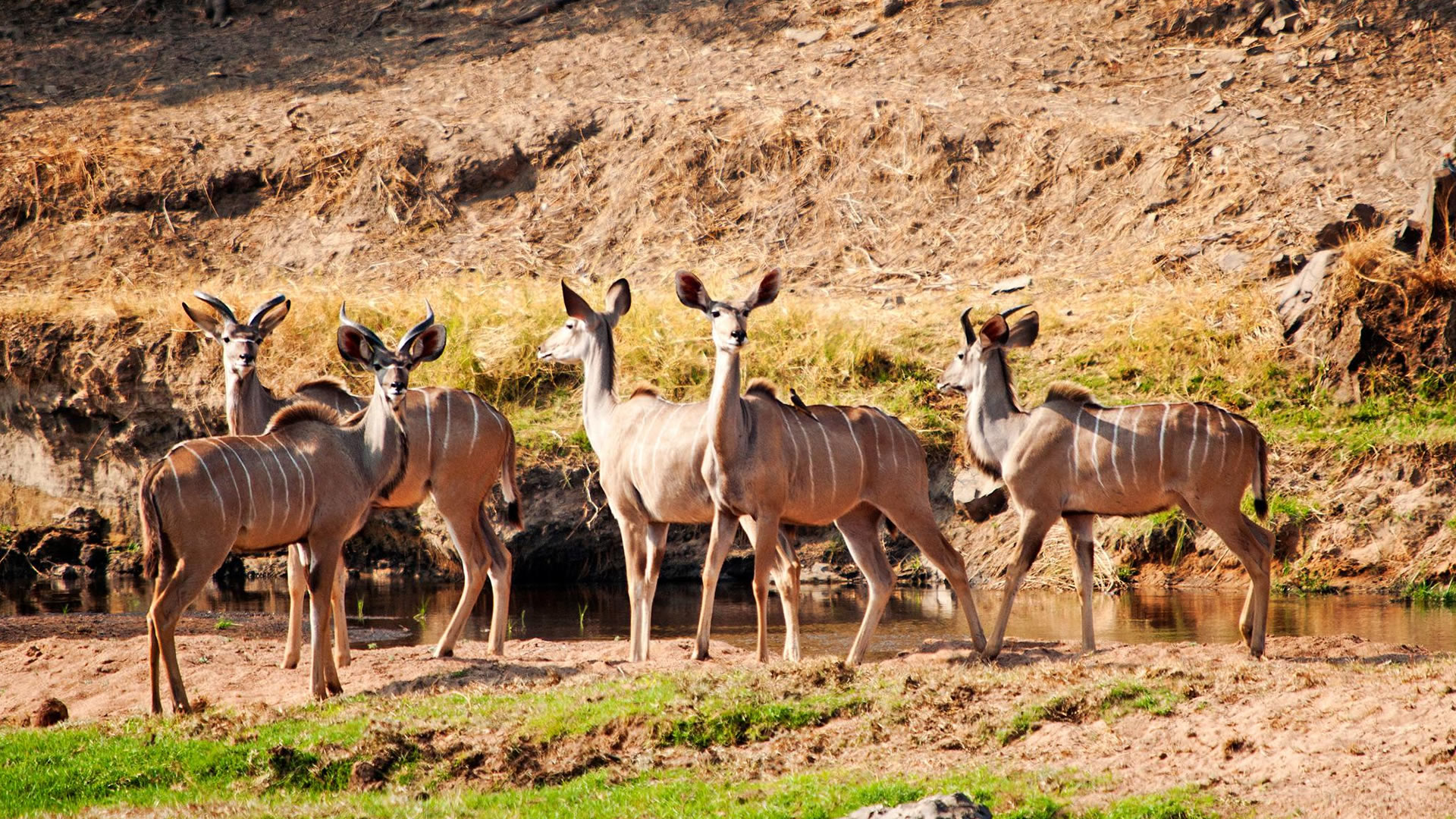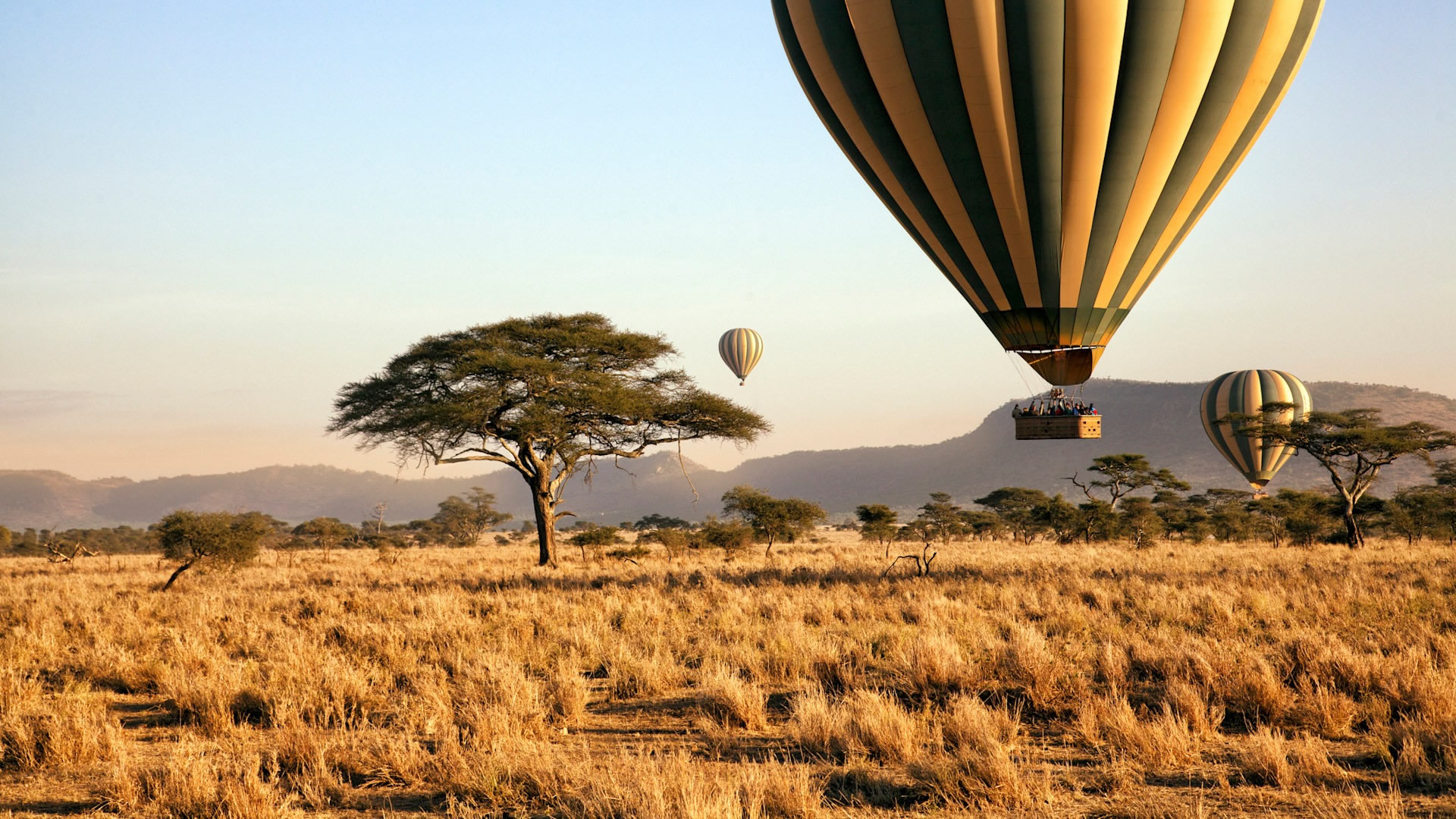Best time to visit: Ngorongoro Conservation Area
Wildlife Experience
The Ngorongoro Crater is without a doubt Tanzania’s most productive Big Five destination. The crater floor teems with wildlife, and predator sightings tend to be exceptional. It harbors the world’s densest lion population and spotted hyenas are equally common. Look out for smaller carnivores, such as golden and black-backed jackals and bat-eared foxes. If you’re lucky, you might also see a serval hunting small rodents or birds. Most safari heavyweights are well represented in the crater. Black rhino is the star attraction and big numbers of buffalo sweep across the grassy plains. Elephant herds rarely come through, but many lone bulls carrying massive tusks have made the crater floor their home. Although giraffes are common in the greater conservation area, you won’t find any inside of the crater. Presumably the steep walls form a natural barrier for them.
Birdlife
There is excellent birding to be had in the Ngorongoro Crater. Even from a great distance, you’ll see flocks of pink flamingos in Lake Magadi. Come closer, and you’ll also spot ducks, herons, storks and waders. The crater’s most noticeable grassland residents include ostrich, kori bustard, grey crowned crane, secretary bird and rosy-throated longclaw. Be careful at the picnic spot: black kites are adept at swooping down to steal people’s lunch out of their hands. The forested crater rim has its own birdlife. Specials include white-eyed slaty flycatcher, Schalow’s turaco and several high-altitude sunbird species. Migratory birds are present from November to April. Although the birdlife in the Ngorongoro Crater is good throughout the year, the variety is greatest from November to April when Palearctic and intra-African migratory species are present, and many resident birds are in breeding plumage. The best time to watch wildlife is during the Dry season, which is June to October.
Best time to visit
Ngorongoro is an all-year-round wildlife conservation area that one can visit any time due to various attraction sites, including museums. The crater gets chilly between June and August, so wear warm clothing.
Dry Season: June to October is a dry season, otherwise known as the peak season/high season; this is a prime season for visiting the Ngorongoro Conservation Area.
December to February are also terrific times to visit Ngorongoro. It is also a calving season of the wildebeest, which follows the rains. At least 8,000 baby wildebeest are born every day during the calving season.
Wet Seasons: November to December and March to May: The months are not pleasant for visiting the park due to short rains in November and long rains from March to May.
Getting There?
By Air: You can access Ngorongoro by flying directly from the UK to Kilimanjaro International Airport (JRO) or connecting via Jomo Kenyatta International Airport (JKIA) Nairobi or Julius Nyerere International Airport(DAR) in Dar es Salaam for international flights. There are no flights to Ngorongoro, but one can board a domestic flight from Arusha to Lake Manyara Airstrip, which takes approximately 40 minutes. Then, proceed on a 1-hour drive from Manyara to the Ngorongoro area. You should note that most international flights arrive at night at Kilimanjaro airport. Therefore, an overnight in Arusha is recommended.
By Road: The Ngorongoro Conservation Area is approximately 185km from Arusha by road. The trips take between 3.5-4hrs. Most tourists prefer to go on safari by road.


